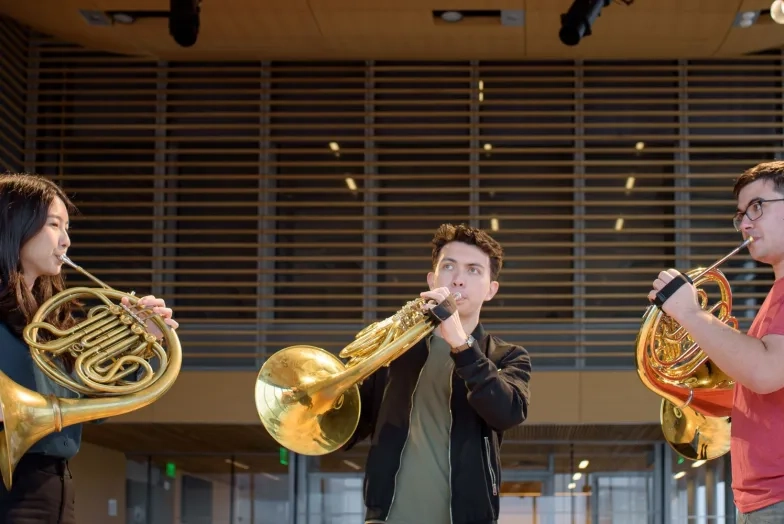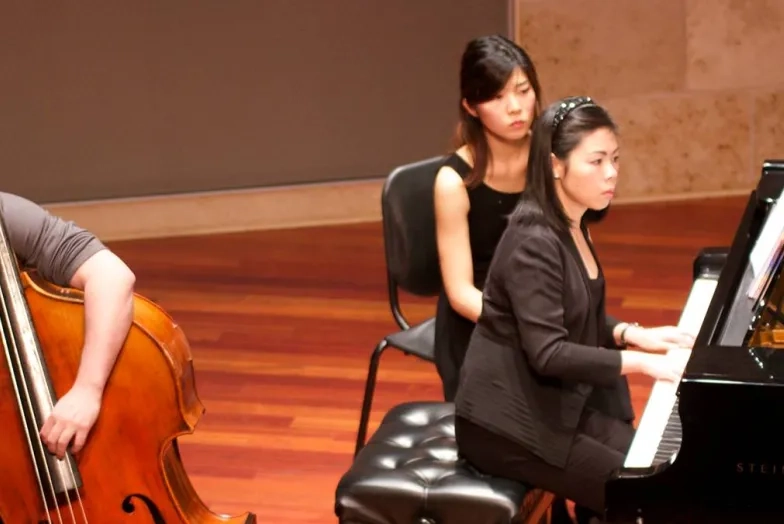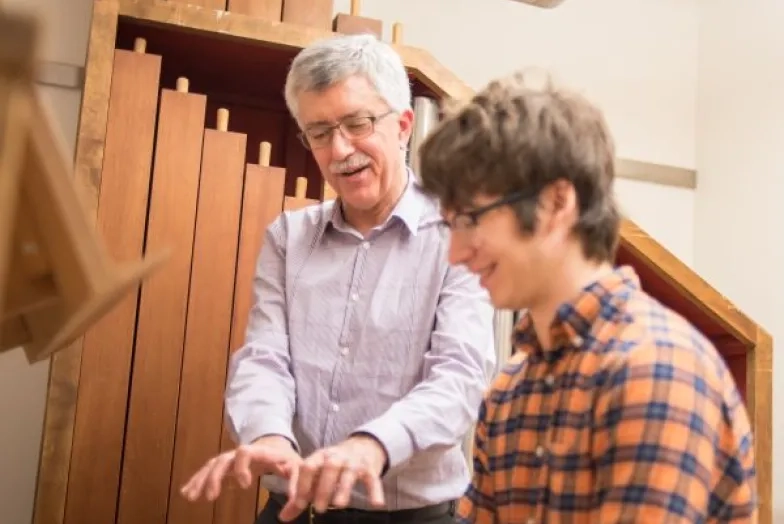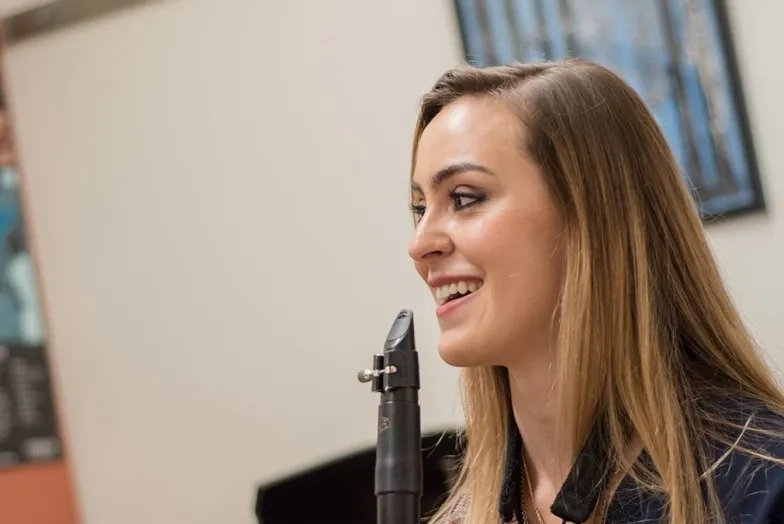Voice Master of Music Curriculum
Life isn’t an audition. Any music school can make you a better player. Our interconnected courses are built to transform you intellectually, artistically, professionally, and individually. You’ll understand the roots of your music, freeing you to take it …













